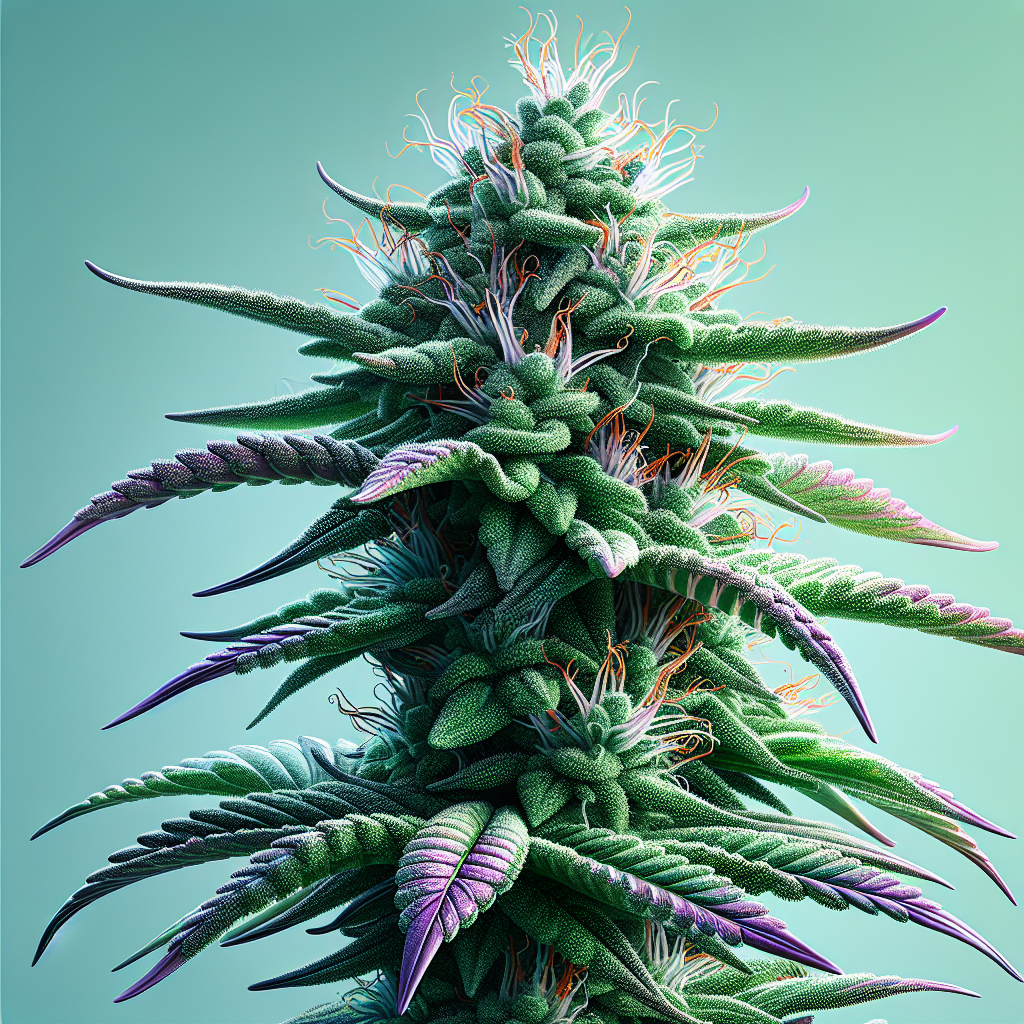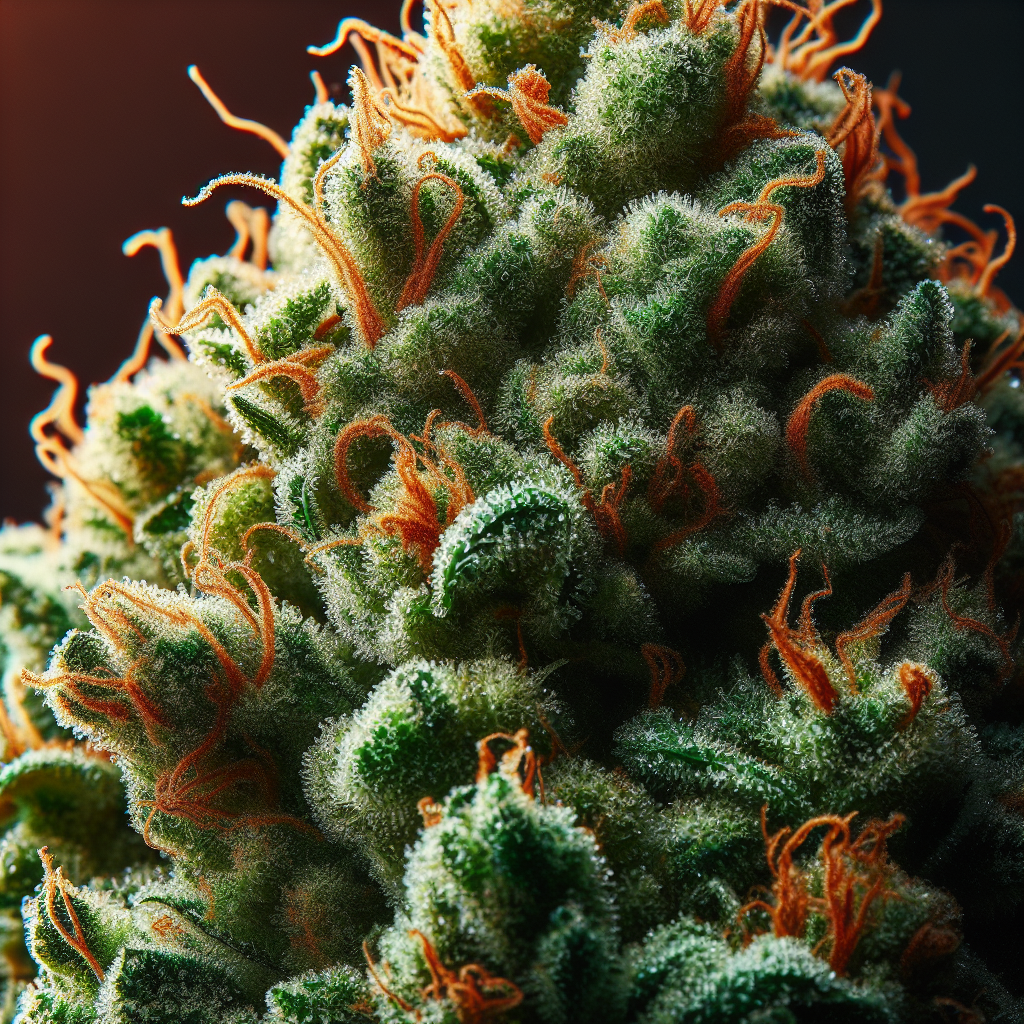Beyond the Lab: Groundbreaking Studies Revealing Cannabis as a Medical Miracle
Introduction
In recent years, the reputation of cannabis has undergone a remarkable transformation. Once stigmatized and largely considered a recreational substance, cannabis is now applauded for its potential therapeutic benefits. Increasingly, scientific research is uncovering groundbreaking insights into how cannabis can alleviate a variety of medical conditions, from chronic pain and anxiety to epilepsy and cancer. As society gradually recognizes the medical potential of cannabis, the traditional views surrounding this plant are evolving, and it is time to delve into the wealth of studies that illuminate its extraordinary medicinal capabilities.
This pillar post will explore the many facets of cannabis as a medical miracle, examining the scientific research that supports its use, the conditions it can help alleviate, and the future of cannabis in healthcare.
Understanding Cannabis: The Basics
Cannabis is a genus of flowering plants that has been cultivated for thousands of years. It contains a variety of chemical compounds known as cannabinoids, the most studied of which are tetrahydrocannabinol (THC) and cannabidiol (CBD). THC is responsible for the psychoactive effects commonly associated with marijuana, while CBD offers medicinal properties without the high. Beyond these two primary cannabinoids, cannabis contains over 100 others, each contributing to the plant’s complex effects.
The Endocannabinoid System
To understand how cannabis exerts its therapeutic effects, one must first comprehend the endocannabinoid system (ECS), a crucial regulatory network present in the human body. The ECS consists of cannabinoid receptors (CB1 and CB2), endogenous cannabinoids (anandamide and 2-AG), and enzymes that break down these compounds. The ECS plays a vital role in maintaining homeostasis, influencing functions such as pain sensation, mood, appetite, and immune response.
Cannabis interacts with the ECS in intricate ways. THC binds primarily to CB1 receptors in the brain, producing psychoactive effects and modulating pain, while CBD interacts more broadly with both receptor types, contributing to its anti-inflammatory, neuroprotective, and anxiolytic properties.
Groundbreaking Studies: Cannabis in Medicine
Recent studies have demonstrated the immense potential of cannabis in treating various health conditions. Here, we delve deeper into the most compelling research findings highlighting cannabis’s promise as a medical miracle.
1. Alleviating Chronic Pain
Chronic pain is one of the most prevalent medical issues faced by adults today, impacting millions and often leading to a diminished quality of life. A multitude of studies have shown that cannabis can effectively reduce chronic pain. A 2018 study published in Pain reviewed research on the analgesic effects of cannabinoids and concluded that cannabis use resulted in significant reductions in pain severity in patients with chronic pain conditions.
Further research indicates that both THC and CBD may contribute to pain relief through different mechanisms, including reducing inflammation and modulating pain signals in the nervous system.
2. Managing Anxiety and Depression
Mental health conditions, such as anxiety and depression, are increasingly being researched in relation to cannabis. A comprehensive study published in JAMA Network Open in 2020 found that cannabis use was significantly associated with a reduction in anxiety, depression, and stress among participants.
The calming properties of CBD are particularly noteworthy, as it has been shown to inhibit the uptake of anandamide, a neurotransmitter related to mood regulation. By enhancing endocannabinoid signaling, CBD may help alleviate symptoms of anxiety and depression without the risk of dependency associated with traditional anxiolytics.
3. Epilepsy Treatment
The effectiveness of cannabis in treating epilepsy, particularly treatment-resistant forms such as Dravet syndrome and Lennox-Gastaut syndrome, has garnered significant attention. The FDA approved Epidiolex, a CBD-based medication, after studies demonstrated its efficacy in reducing seizure frequency. A pivotal clinical trial published in The New England Journal of Medicine reported a remarkable 50% reduction in seizures among participants taking CBD.
This landmark development illustrates the potential of cannabis-derived medications in managing neurological disorders and signifies a growing acceptance of cannabis in mainstream medicine.
4. Cancer Symptom Management
Cannabis has shown promise in alleviating symptoms associated with cancer and its treatment. Research indicates that cannabinoids can help reduce chemotherapy-induced nausea and vomiting, a common and distressing side effect for cancer patients.
A meta-analysis published in The Journal of Clinical Oncology found that cannabinoids significantly reduced nausea and vomiting when compared to traditional medications. Furthermore, early studies suggest that cannabinoids may exert anti-tumor effects, highlighting their potential role in cancer treatment regimens.
5. Neuroprotective Properties
Emerging research suggests that cannabis may possess neuroprotective properties, benefiting conditions such as multiple sclerosis (MS), Parkinson’s disease, and Alzheimer’s disease. For instance, a study published in Neurotherapeutics examined the effects of cannabinoids on MS patients and found that those using cannabis experienced improved spasticity, pain, and sleep quality.
CBD’s anti-inflammatory and antioxidant properties may contribute to its neuroprotective effects, offering hope for those suffering from degenerative neurological disorders.
6. Supporting Heart Health
Cardiovascular diseases are a leading cause of morbidity and mortality worldwide. Initial research indicates that cannabis may offer cardiovascular benefits by promoting vasodilation and reducing inflammation.
A study published in the journal Circulation found that CBD can lower blood pressure and may mitigate damage caused by heart attack or stroke through its antioxidant properties. While more research is needed in this area, the early findings are promising.
The Diverse Forms of Medical Cannabis
As research into cannabis expands, so too do the available methods of consumption. Each method offers unique benefits and experiences, allowing patients to choose the best option for their specific needs. Here are some common forms of medical cannabis:
1. Oils and Tinctures
Cannabis oils and tinctures are concentrated forms containing cannabinoids. They can be taken sublingually (under the tongue) for rapid absorption or added to food and beverages. These options allow patients to customize their doses and avoid inhalation.
2. Edibles
Cannabis-infused edibles offer a discreet and enjoyable way to consume cannabis. Although onset times vary, edibles provide longer-lasting effects compared to smoking or vaping, making them suitable for managing chronic conditions.
3. Vaping
Vaping cannabis provides a fast-acting alternative to traditional smoking without many harmful byproducts. Vaporizers heat the plant material or oil to a temperature where cannabinoids are released in vapor form, reducing lung irritation associated with smoking.
4. Topicals
Cannabis-infused topicals, including creams, balms, and lotions, are applied directly to the skin for localized relief. They are particularly effective for conditions like arthritis, muscle pain, and skin disorders, providing targeted therapeutic effects without psychoactivity.
5. Capsules and Pills
Pharmaceutical-grade cannabis capsules offer precise dosing and convenience. These are ideal for patients who prefer a familiar method of medication without the need for preparation or cooking.
Overcoming Stigma and Challenges
Despite the growing body of evidence supporting the medical use of cannabis, stigma and regulatory hurdles remain significant challenges. Many health professionals and patients still approach cannabis with skepticism, largely due to historical misconceptions and limited access to quality products.
In response, advocates continue to push for comprehensive education on cannabis, promoting awareness of its therapeutic benefits while addressing concerns about safety and efficacy. Additionally, ongoing legislative efforts aim to improve access to medical cannabis, allowing more patients to explore its potential.
The Future of Cannabis in Medicine
The future of cannabis in healthcare looks promising, bolstered by an increasing number of clinical trials and studies. As research continues to unveil its capabilities, it is likely that cannabis will become an integral part of modern medicine, with more physicians incorporating it into their treatment regimens.
Advances in technology will further facilitate the development of new cannabis-based medications, precision dosing methods, and delivery systems. Furthermore, as the medical community increasingly recognizes the therapeutic potential of this plant, education and training programs for healthcare providers will be essential in guiding responsible cannabis use in clinical settings.
Conclusion
As research continues to reveal the extensive therapeutic potential of cannabis, it is clear that this plant is becoming a vital tool in modern medicine. The studies discussed in this article illustrate its efficacy in treating a range of conditions, from chronic pain and mental health disorders to neurological diseases and cancer symptom management.
While the path to integration into mainstream healthcare may be fraught with challenges, the shift is underway—and it’s an exciting one. With education, advocacy, and ongoing research, cannabis is poised to transform the way we view health and wellness.
FAQ Roundup
Q1: Is cannabis safe for medical use?
A: When used under medical supervision and according to appropriate dosages, cannabis has been found to be safe for many patients. However, it is essential to consult with a healthcare provider for personalized guidance.
Q2: How does one obtain medical cannabis?
A: Accessing medical cannabis typically requires a prescription from a licensed healthcare professional. Regulations vary by state or country, so it is crucial to understand local laws surrounding medical cannabis use.
Q3: What are the side effects of medical cannabis?
A: Common side effects may include dry mouth, dizziness, drowsiness, and changes in appetite. Patients are encouraged to discuss potential side effects with their healthcare provider to determine the best approach for their needs.
Q4: Can cannabis help with addiction to opioids?
A: Some studies suggest that cannabis may help reduce opioid use and assist in withdrawal management for individuals with opioid addiction. However, further research is needed.
Q5: Are there age restrictions for using medical cannabis?
A: Yes, age restrictions for obtaining medical cannabis vary by jurisdiction. Typically, individuals under 18 may need parental consent and an approval from a healthcare professional.
Q6: Can cannabis interact with other medications?
A: Cannabis can interact with various medications, so it is important to discuss any potential interactions with a healthcare provider.
Q7: Are there any long-term effects of using medical cannabis?
A: Current research indicates that long-term use of medical cannabis is generally well-tolerated, but more studies are needed to fully understand its long-term impacts.
In conclusion, cannabis is a multifaceted plant with the potential to revolutionize medical care. As research continues to support its therapeutic benefits, we can look forward to a future where cannabis is embraced as a key player in promoting health and wellness.





